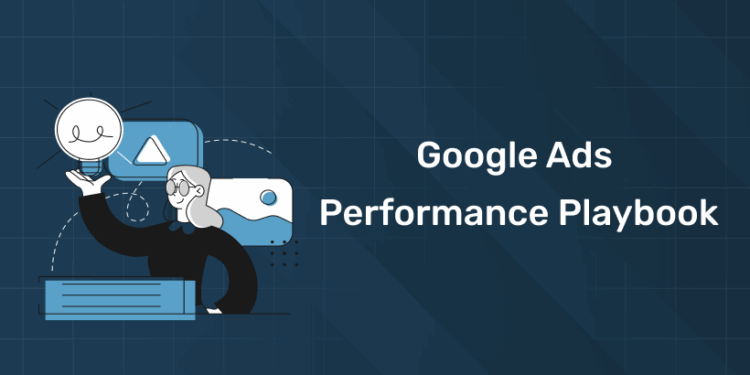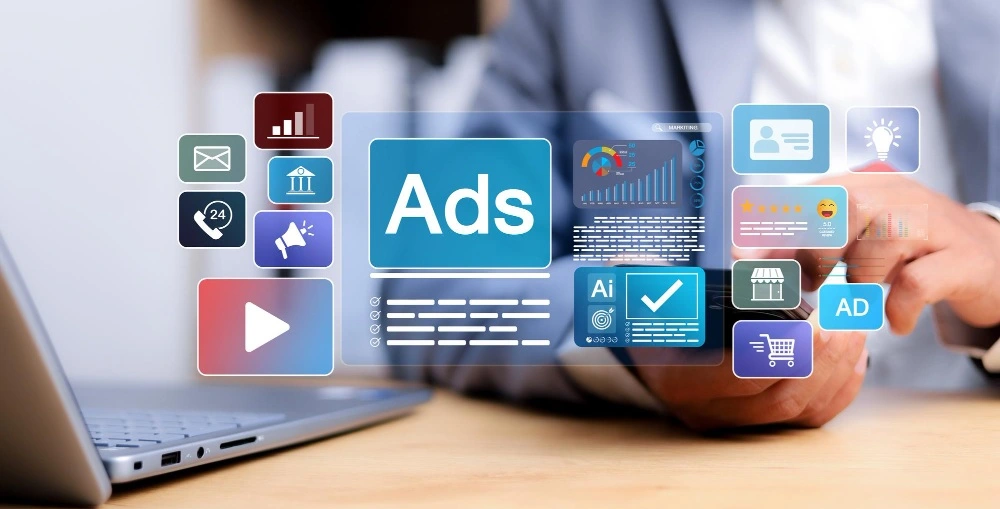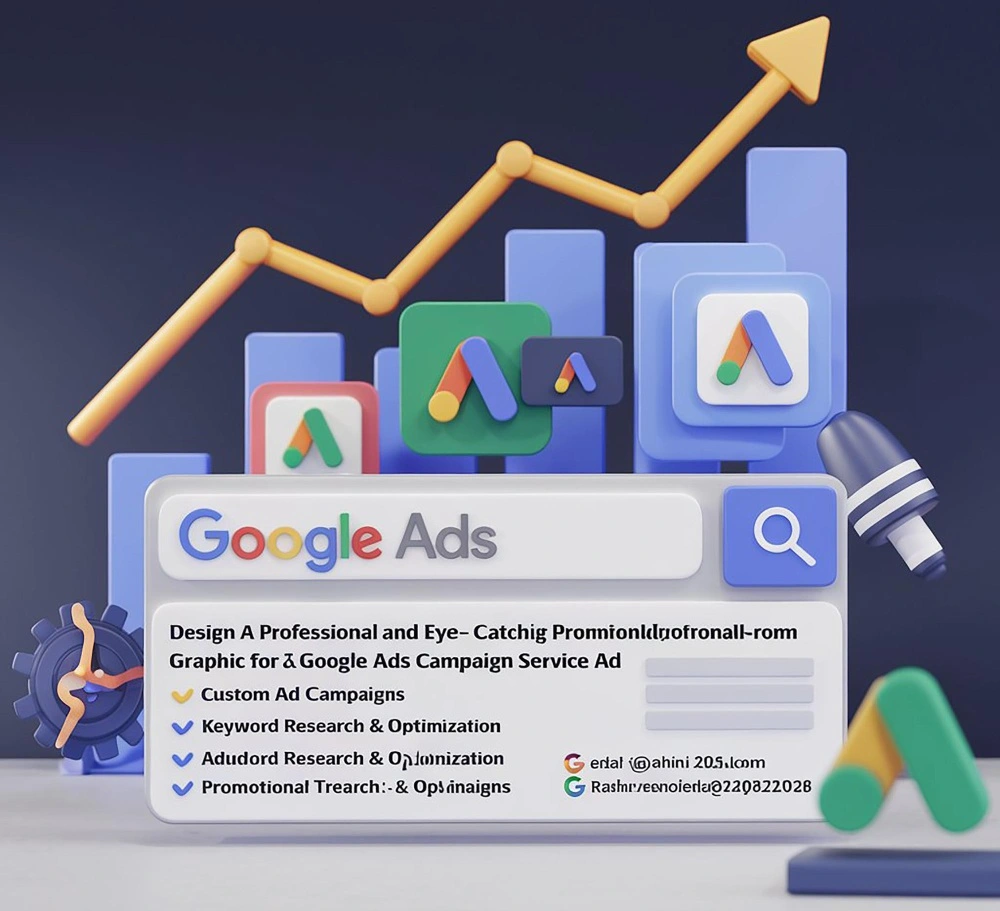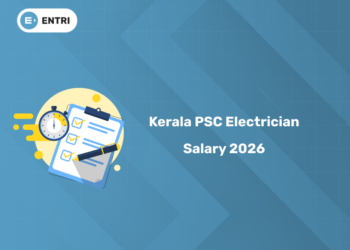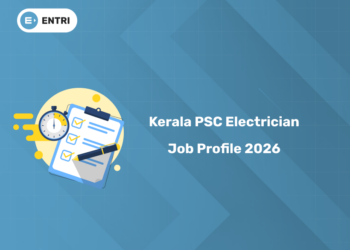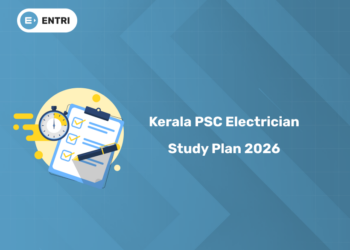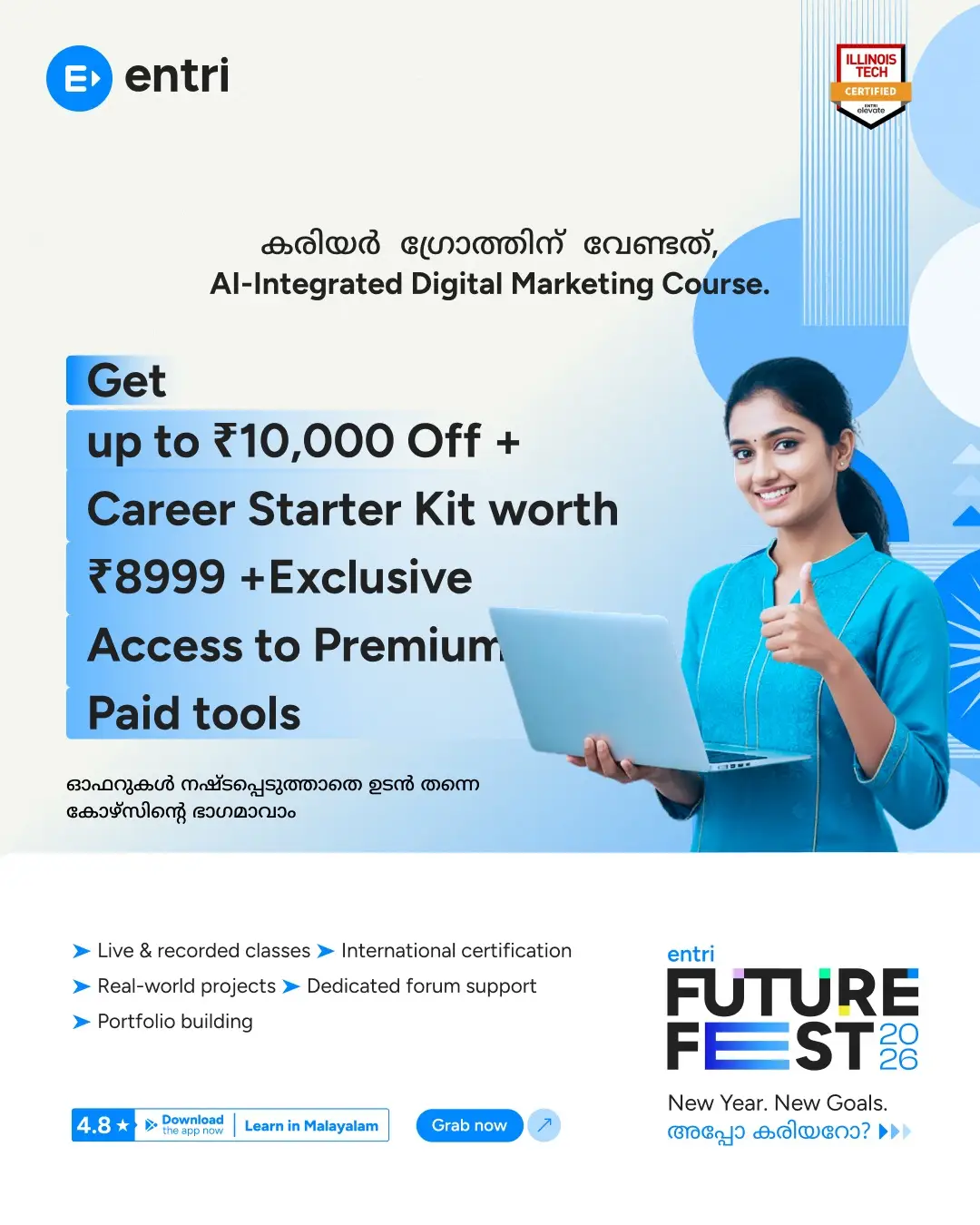Table of Contents
Key Takeaways:
- Google Ads is not just keyword bidding anymore. Today’s performance calls for a full-funnel approach that mixes search intent with demand gen and creative storytelling.
- Begin with well-defined goals and align campaign types to the buyer’s journey. Search captures intent, and Demand Gen sparks discovery on YouTube, Discover and Gmail. Measurement and tracking are key.
- Use Google Analytics 4, Conversion API and server-side tracking to keep data holistic Creative testing, audience segmentation, and smart bidding are the motors of scalable performance.
- Test frequently and let the data lead. Learning practical skills accelerates results.
- Courses like Entri’s Digital Marketing Course include hands-on projects and frameworks to master Google Ads for actual business results.
Introduction: Why this playbook is relevant today
If you did Google Ads five years ago, you recall a more innocent time. Search was king. You discovered keywords, you wrote ads, and you measured clicks and conversions. Today, the ecosystem looks different. Google Ads now covers search, display, shopping, video, app installs, and a new class of Demand Generation campaigns that generate interest prior to search.
For digital marketers seeking reliable growth, mastering Google Ads is not optional. It demands strategy, data hygiene, creative discipline, and relentless optimization. This playbook collects actionable strategies and structures employed by growth teams to transition from tactical victories to sustained scaling.
Join Our Online Digital Marketing Course & Learn the Fundamentals!
How to approach Google Ads
1: What is the primary goal of SEO (Search Engine Optimization)?
Consider Google Ads as your marketer’s toolbox.
- Search – Capture active intent at the moment of need.
- Shopping – Showcase products at the bottom of the search and on Google Shopping.
- Display – Build awareness with visual placements across the web.
- Video – Tell brand stories and educate audiences on YouTube.
- Performance Max – AI-driven blend with access to all Google inventory.
- Demand Gen – A newer format of discovery and inspiration on YouTube, Discover, and Gmail.
Top performers use all of these, but they obey one rule, match campaign type to customer stage. Capture intent with search. Ignite and curate with Demand Gen. Seal the deal with exciting follow-up retargeting and conversion campaigns.
Become an AI-powered Digital Marketing Expert
Master AI-Driven Digital Marketing: Learn Core Skills and Tools to Lead the Industry!
Explore CourseStep 1 – Plan with outcomes, not channels
Every campaign must start with a measurable outcome. Too many advertisers pick channels first, then try to reverse-engineer results. Flip that thinking.
Define specific objectives and KPIs:
- Awareness: impressions, reach, video view-rate.
- Consideration: engagement, time on site, leads.
- Conversion: purchases, cost per acquisition (CPA), return on ad spend (ROAS).
- Retention: repeat purchase rate, LTV.
Then map channels to outcomes:
- Search for high-intent conversions.
- Demand Gen to build interest and generate top-of-funnel volume.
- Shopping for product discovery and purchase.
- Display and video for nurturing and storytelling.
Create a simple campaign matrix to keep teams aligned: objective, channel, KPI, audience, creative type, and budget.
Step 2 – Clean tracking and measurement
You cannot optimize what you do not measure well. Tracking integrity is the most important technical foundation.
Must-haves:
- Google Analytics 4 is set up with event-based measurement.
- Google Ads conversion linking to GA4 and import of conversions.
- Google Tag Manager to manage events and tags.
- Google Ads Pixel (global site tag) plus server-side Conversions API (CAPI) to bypass browser signal loss.
- Attribution model selection that fits your funnel. Consider data-driven attribution for accuracy.
Privacy changes and browser restrictions make server-side tracking essential. Conversions API improves match rates and keeps your bidding algorithm effective.
Audit checklist:
- Are purchase, lead, and add-to-cart events firing correctly?
- Do events have consistent naming and parameter structure across tools?
- Is cross-domain tracking enabled where necessary?
- Are offline conversions imported for sales that begin online and close offline?
- Is GA4 receiving event revenue and user properties for audience building?
Fix tracking before you scale budgets. It will save money and deliver accurate optimization signals.
Step 3 – Audience strategy that wins
Modern campaigns are audience-driven, not keyword-only.
Audience layers:
- First-party audiences: website visitors, CRM lists, app users, video viewers. These are the highest values.
- Similar audiences: lookalikes built from first-party groups.
- Interest and affinity segments: useful for Demand Gen.
- Custom intent audiences: target people with recent search and browsing behaviors relevant to your products.
Use sequential targeting: move users from broad Demand Gen to more precise consideration ads and then to high-intent search and shopping retargeting.
Audience tips:
- Create a single customer view using CRM and analytics.
- Use micro-segmentation for messaging. For example, cart abandoners see a different offer than product page browsers.
- Layer exclusions. Exclude converters from awareness budgets to avoid waste.
Become an AI-powered Digital Marketing Expert
Master AI-Driven Digital Marketing: Learn Core Skills and Tools to Lead the Industry!
Explore CourseStep 4 – Creative is the conversion lever
Performance is creative plus targeting plus bidding. If you want consistent scale, creative testing must be continuous.
Testing framework:
- Hypothesis: what change do you expect and why?
- Variants: at least three to five creative options per test.
- Metrics: primary (CPA, conversion rate), secondary (CTR, view-through rate).
- Run time: let each test gather statistically meaningful data, typically 7 to 14 days depending on traffic.
- Learn and iterate: keep the winner and create fresh variants.
Creative elements to test:
- Headlines: benefit-led, curiosity-led, question format.
- Descriptions: short and long form.
- Visuals: lifestyle vs product shots vs user-generated content.
- Video: 6-second hook, 15-30 second story, 60+ for deep dives.
- Calls to action: Shop now, Learn more, Get a demo.
For Demand Gen, prioritize cinematic and native creative that feels organic in feeds. For search, use emotional pull and precision.
Step 5 – Search campaigns’ best practices
Search remains the revenue-driving backbone for many advertisers. Optimize it relentlessly.
Structure:
- Use single keyword ad groups (SKAGs) for tight control or tightly themed ad groups for scale.
- Match types: use phrase and exact for control, broad match with smart bidding for discovery.
- Negative keywords: maintain lists to avoid irrelevant traffic.
Bidding:
- Start with manual or enhanced CPC for tight control, then move to Target CPA or Max Conversions once you have sufficient conversions.
- Use seasonality adjustments to prepare Smart Bidding for sales events.
Ad copy:
- Use keyword insertion sparingly and focus on user benefits.
- Include price or deal specifics to improve CTR and conversion quality.
- Use ad extensions: sitelinks, callouts, structured snippets, price extensions.
Landing pages:
- Landing page relevance must mirror ad promise.
- Prioritize speed, mobile usability and above-the-fold CTAs.
- Reduce friction: shorter forms, progress indicators, trust signals.
Step 6 – Demand Gen campaigns explained
Demand Gen campaigns are built to spark interest before people search. They show across YouTube, Discover and Gmail. Use them to expand your audience and fuel the consideration stage.
How to run Demand Gen successfully:
- Asset mix: provide a blend of thumbnail-ready images and 6 to 30 second videos.
- Audience: use first-party audiences for initial learning plus similar interest segments.
- Creative approach: focus on storytelling, value, and gentle CTAs like “Discover” or “See more.”
- Measurement: track assisted conversions and engagement metrics. Demand Gen may not convert on first touch but contributes to multi-touch paths.
Creative checklist for Demand Gen:
- Strong opening second to hook viewers.
- Visual clarity with branded elements.
- A single, clear message.
- Multiple resolutions and aspect ratios for different placements.
Demand Gen works best when paired with remarketing: users who engaged with your Demand Gen creative should be retargeted with direct conversion offers on search or shopping.
Step 7 – Performance Max and automation
Performance Max unifies inventory across Google and automates asset allocation. It can be a powerful engine, but it requires guardrails.
Start with:
- Clear conversion goals and reliable tracking.
- A diverse asset pack: headlines, descriptions, images, videos.
- Audience signals to guide the algorithm.
Tactics:
- Use Performance Max for upper-to-lower funnel goals where you want cross-channel coverage.
- Monitor search term insights to discover keywords and queries that matter.
- Run experiments when possible by keeping a control set of campaigns.
Automation tip:
- Give automated campaigns enough time to exit the learning phase. Avoid constant bid or creative resets.
Step 8 – Budgeting and scaling frameworks
Scaling is part art and part math. Avoid the temptation to double budgets overnight.
Scaling playbook:
- Identify winning campaigns with stable CPA and ROAS.
- Vertical scale: increase budget by 10 to 20 percent every 48 to 72 hours.
- Horizontal scale: clone winning creatives into new audiences or placements.
- Maintain testing budget: allocate 10 to 20 percent to experimentation.
- Monitor efficiency: keep an eye on CPA and margin impact.
Budget allocation template:
- 40 to 50 percent conversion campaigns (search, shopping).
- 20 to 30 percent demand and awareness (Demand Gen, video).
- 20 percent retargeting and loyalty.
- 10 percent testing and new initiatives.
Adjust these splits based on business model, product price and customer lifetime value.
Step 9 – Attribution and cross-channel measurement
Attribution is one of the trickiest areas. Search often gets last-click credit even though video or display drove awareness.
Approach:
- Use data-driven attribution when possible. It distributes credit based on observed impact across touchpoints.
- Inspect multi-channel funnels to see assisted conversions and paths to purchase.
- Import offline conversions if sales close in person or via phone.
- Use incremental lift tests and experiments to validate channel contribution.
If you do not measure cross-channel impact you’ll underfund channels that are building long-term growth.
Step 10 – Compliance, policy and privacy
Ads that violate Google policy or fail to meet landing page standards will be disapproved and performance will suffer.
Keep in mind:
- Google policies for healthcare, finance and restricted verticals are strict. Review policies regularly.
- Ensure clear user consent when tracking and use appropriate consent banners.
- Move to server-side measurement to minimize signal loss while respecting user privacy.
Privacy-first design keeps campaigns resilient and avoids sudden drops in data quality.
Case study snapshot: from single-channel to full-funnel
Imagine a direct-to-consumer fitness brand:
- Problem: high acquisition costs and limited top-of-funnel reach.
- Approach: implement Demand Gen with short lifestyle videos, coupled with search campaigns for purchase intent and dynamic retargeting for cart abandoners.
- Outcome: initial CPAs rose slightly during testing but ROAS improved by 25 percent as multi-touch conversions increased. Lifetime value improved as new customers discovered the brand through inspiring video content.
The lesson: combining demand creation with intent capture leads to sustainable growth.
Tools and templates for daily optimization
Essential tools:
- Google Ads UI and Editor for bulk changes.
- Google Analytics 4 for behavior analysis.
- Google Tag Manager for event control.
- Data Studio for dashboards.
- Optimizely or Google Optimize for landing page A/B tests.
- Creative analytics tools for video heatmaps and performance.
Daily checklist:
- Check conversion pacing and budget spend.
- Review top search terms for negatives.
- Refresh a creative if CTR drops 20 percent.
- Ensure no tracking errors or broken pages.
- Monitor auction insights and impression share.
Common pitfalls and how to avoid them
Pitfall 1. Chasing click metrics without business context.
Fix: define CPA and ROAS targets tied to profit margins.
Pitfall 2. Turning off automation too early.
Fix: allow machine learning to learn for at least two full conversion cycles.
Pitfall 3. Over-segmentation causing low volume.
Fix: find the balance between specificity and scale.
Pitfall 4. Neglecting creative refresh.
Fix: set a cadence to rotate creatives every 2 to 3 weeks.
How to keep learning and get practical fast
Theory alone does not scale campaigns. Practice and guided feedback accelerate growth. Practical learning includes:
- Running real campaigns with small budgets.
- Participating in live audits.
- Building dashboards and writing post-campaign reports.
- Practicing bid strategy changes and evaluating lift.
Entri’s Digital Marketing Course provides this practical component with hands-on projects, live mentorship and case studies. Align learning with your business goals to apply lessons immediately.
Final checklist before you scale budgets
- Tracking is accurate and server-side fallback is live.
- Winning creative has been stress-tested across audiences.
- Search and Demand Gen messaging are aligned.
- Audiences are segmented and exclusions are in place.
- Budget allocation keeps experimentation funding.
- Attribution view is set to data-driven.
- Landing pages are fast and match ad promises.
If all items check out, you are ready to scale methodically.
The Future of Google Ads: AI and Predictive Marketing
Google’s future is automation and predictive intelligence. The next phase of advertising will be intent prediction, user journey mapping, and creative personalization.
Soon, we won’t just target people, we’ll target moments. Demand Gen and Performance Max campaigns will continue to evolve and make Google Ads a full-funnel marketing machine.
Those who can interpret data, harness AI, and tell meaningful stories will be the leaders of the next generation of digital marketers.
How Entri’s Digital Marketing Course Can Help You
If you want to master Google Ads and digital marketing Entri’s AI-Powered Digital Marketing Course is the place to start.
The course covers:
- Search and Display Campaign Setup
- YouTube and Demand Gen Advertising
- Smart Bidding and AI Optimization
- Data Analytics and Conversion Tracking
- Real-World Projects and Campaign Simulations
With expert mentors and interactive learning modules, Entri helps you go from theory to practical application—so you can create high-performing ad campaigns that deliver real results.
Conclusion
Google Ads has become a full-funnel engine where search intent meets creative discovery. Winning advertisers integrate technical rigor with relentless creative testing. They protect data quality, design experiments and scale responsibly.
Start small, learn fast, and keep the best practices above as your operating system for Google Ads. If you want to move from theory to measurable impact, consider a practical course that walks you through real campaigns. Entri’s Digital Marketing Course does exactly that, pairing frameworks with hands-on work so you become proficient and confident in building high-performing Google Ads programs.
Take the first practical step today. Plan your first Demand Gen and search test, secure your tracking, and begin the experiment cycle. Over time, these disciplined moves compound into predictable growth.
Frequently Asked Questions
What is the Google Ads Performance Playbook?
The Google Ads Performance Playbook is a comprehensive guide that outlines how to manage and optimize campaigns across Google’s ecosystem, from Search and Display to Demand Gen. It focuses on full-funnel strategies that connect awareness, engagement, and conversions.
What is the difference between Search and Demand Gen campaigns?
Search campaigns capture active user intent by targeting people looking for specific products or services. Demand Gen campaigns, on the other hand, focus on creating interest and discovery through visual and video content across YouTube, Gmail, and Discover.
How can I measure the success of my Google Ads campaigns?
Success should be measured using both performance metrics (like CTR, CPC, and ROAS) and business metrics (like leads, conversions, and revenue). Data-driven attribution in Google Ads helps distribute credit across multiple touchpoints for a more accurate performance view.
What is the importance of creative testing in Google Ads?
Creative testing allows marketers to identify which visuals, ad copy, and formats drive the best engagement and conversions. It prevents ad fatigue and ensures content remains fresh and high-performing.
How do I improve my Quality Score in Google Ads?
Focus on ad relevance, expected CTR, and landing page experience. Use precise keywords, relevant ad copy, and fast-loading landing pages that match search intent.
What role does automation play in Google Ads?
Automation tools like Smart Bidding, Performance Max, and responsive search ads use machine learning to optimize bids, placements, and creative combinations automatically, improving efficiency and campaign scalability.
What is Performance Max, and when should I use it?
Performance Max is an AI-powered campaign type that uses Google’s entire inventory (Search, Display, YouTube, Discover, etc.) to deliver performance based on your goals. It’s best for full-funnel marketing or when you want maximum reach with minimal manual management.
How can I create effective Demand Gen campaigns?
Use high-quality visuals and short, engaging videos. Focus on storytelling, emotional triggers, and light CTAs like “Discover More.” Combine this with remarketing to move users down the funnel.
How can I ensure accurate tracking in Google Ads?
Implement Google Analytics 4, Tag Manager, and Conversion API to track conversions even with privacy updates. Regularly test tags and ensure events are firing correctly.
Where can I learn more about mastering Google Ads?
You can explore structured, hands-on learning through Entri’s AI-powered Digital Marketing Course. It provides real-world training on SEO, PPC, analytics, and campaign management for marketers aiming to excel in 2025.


